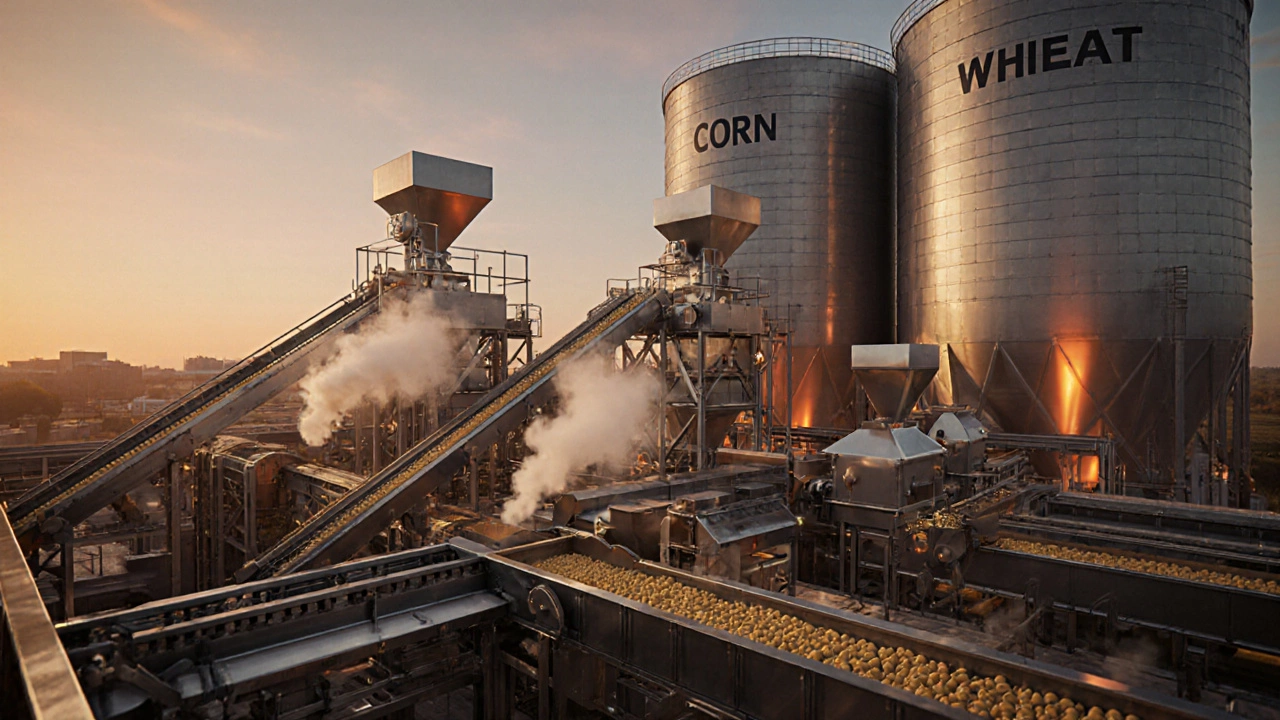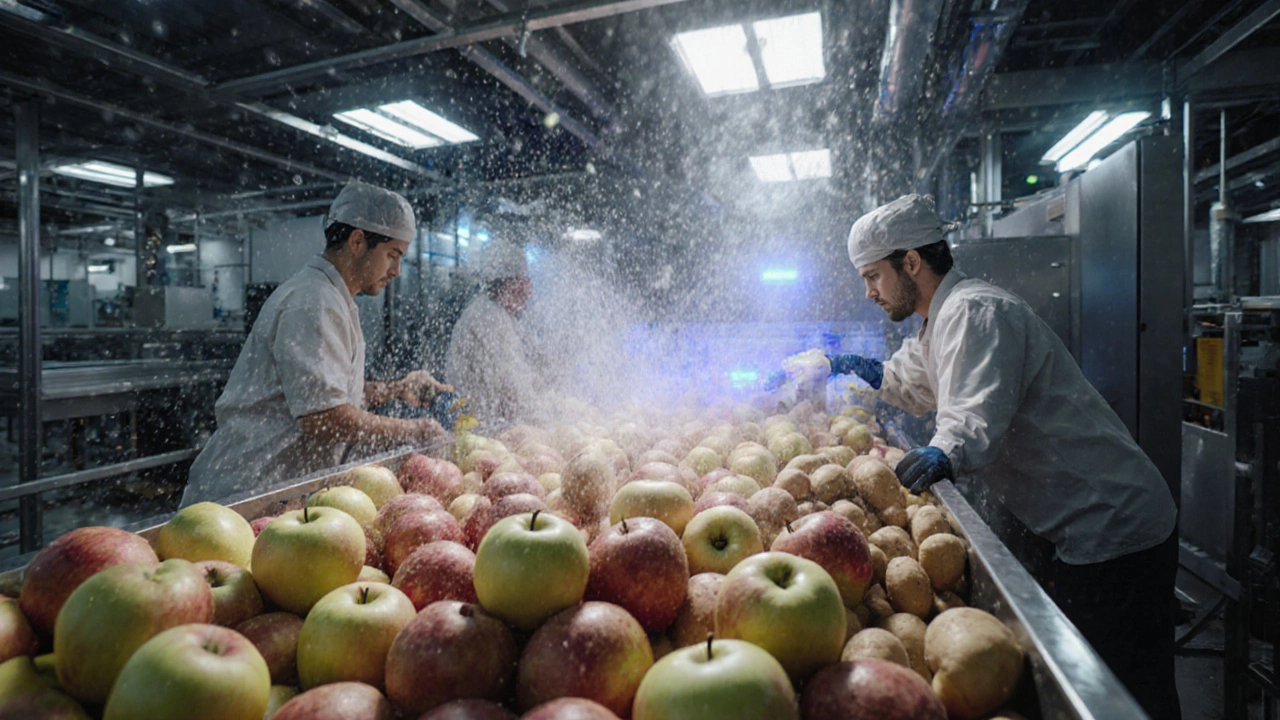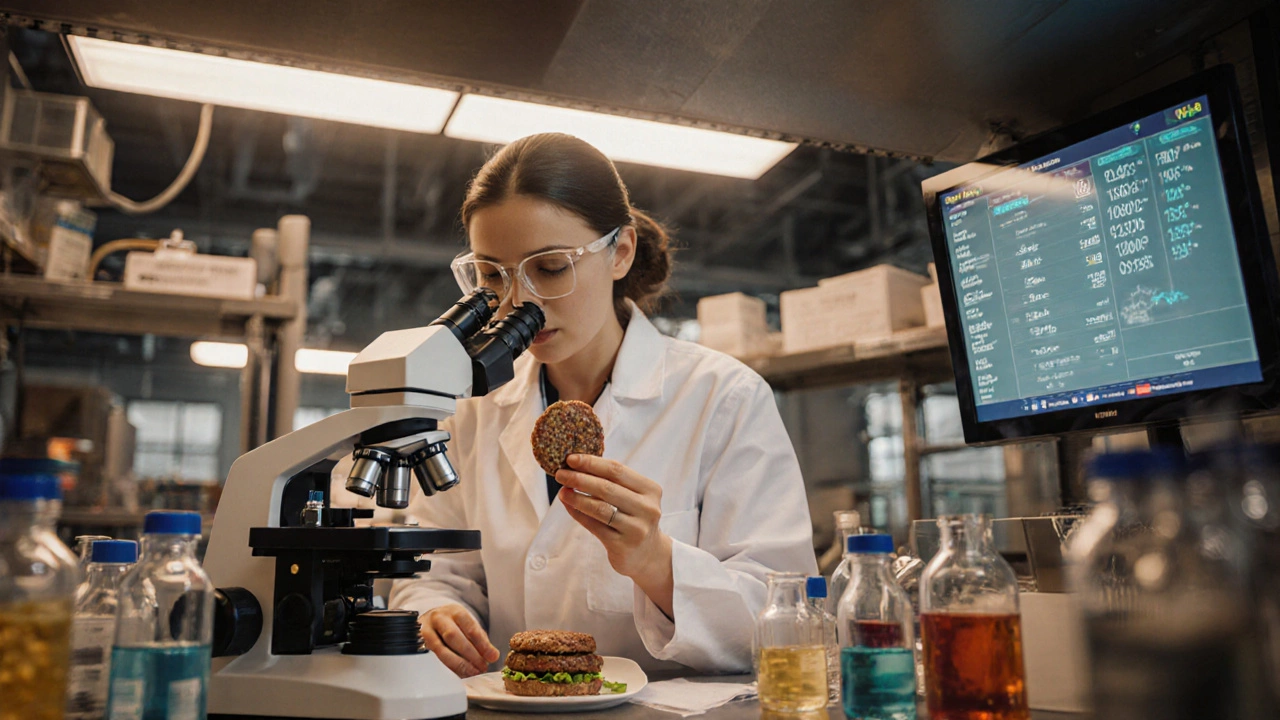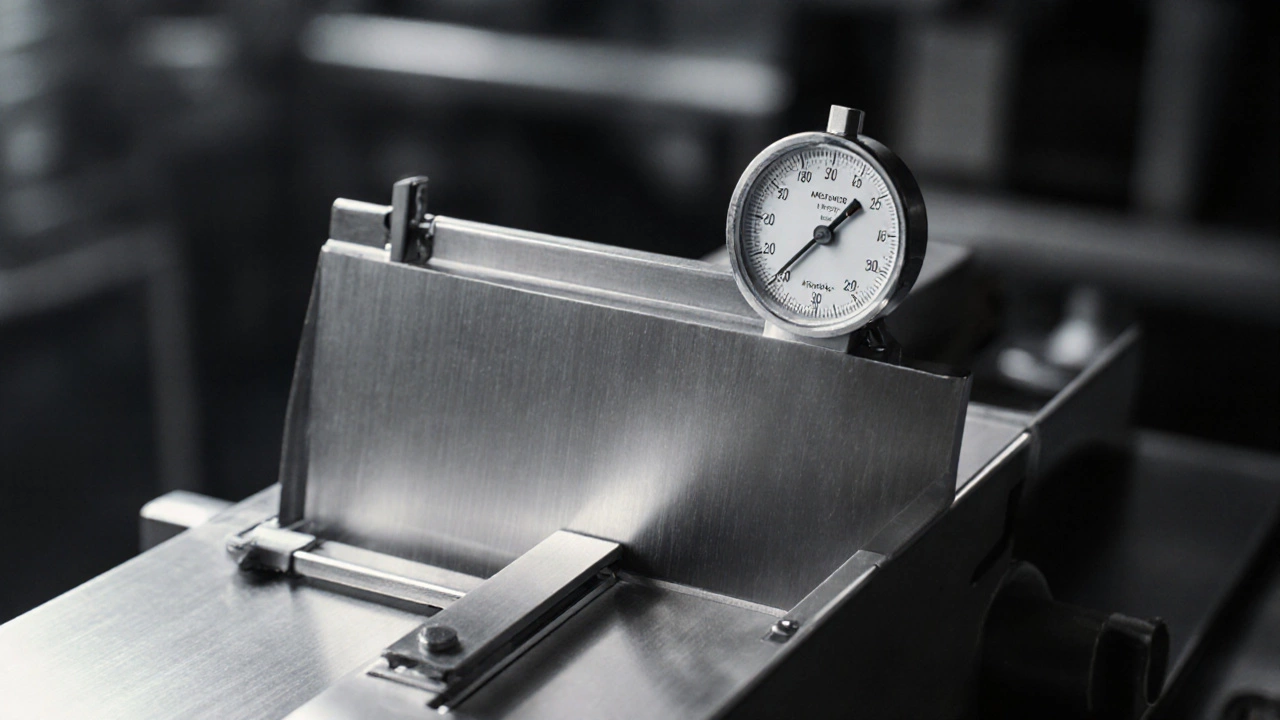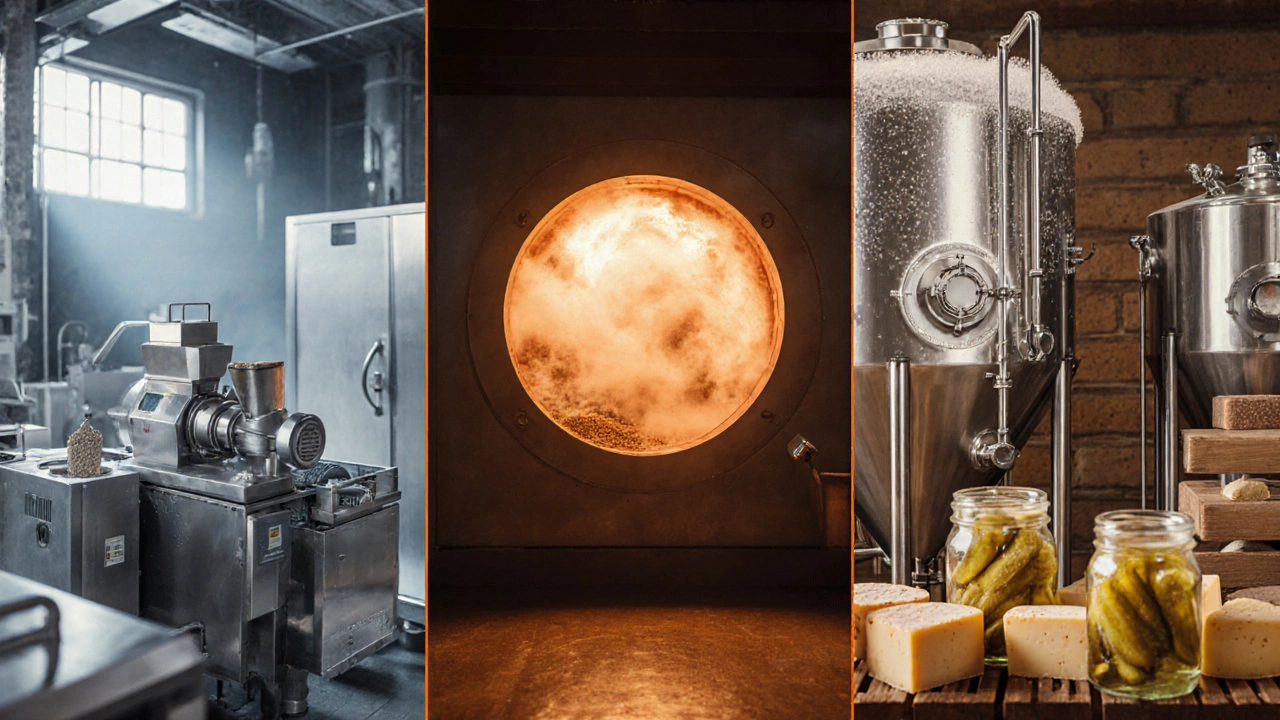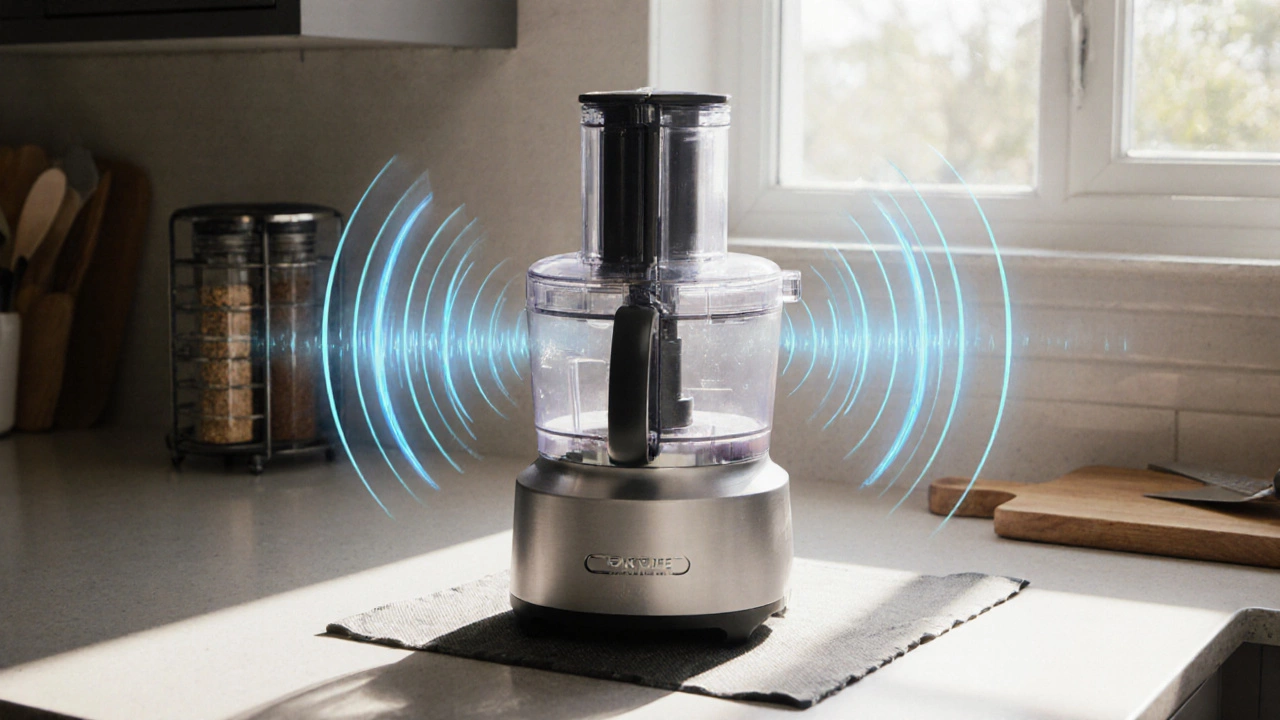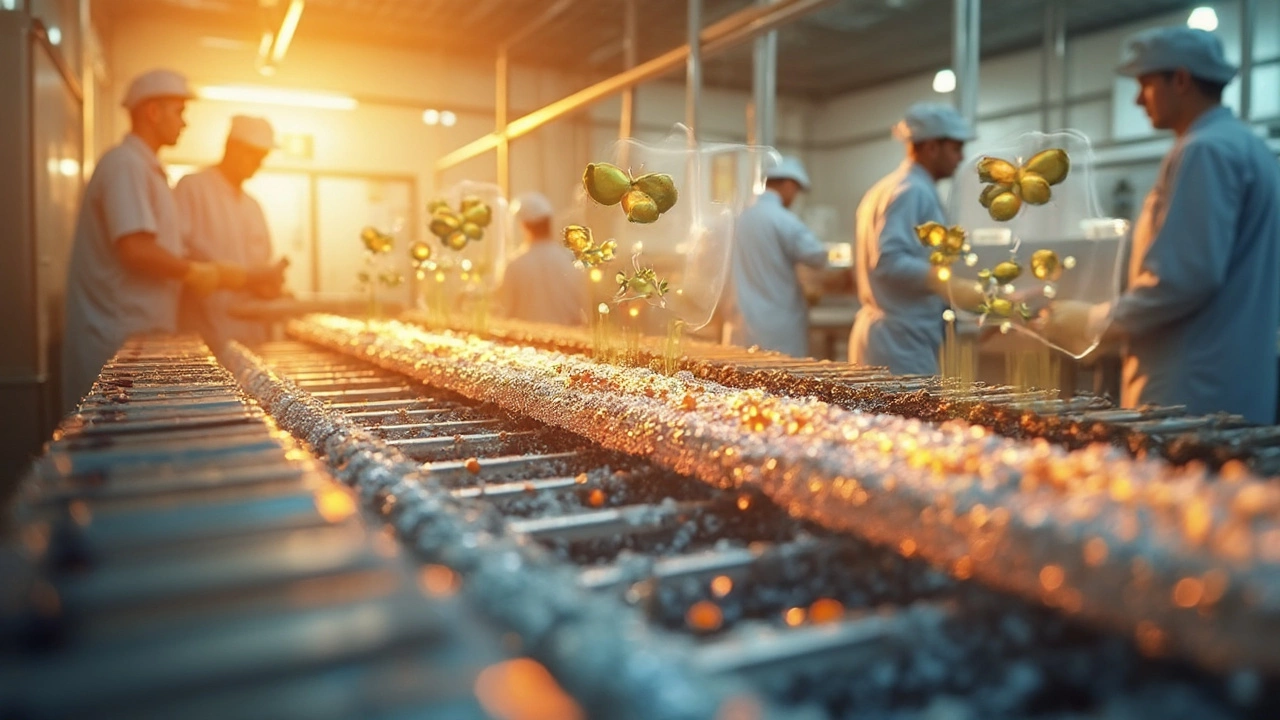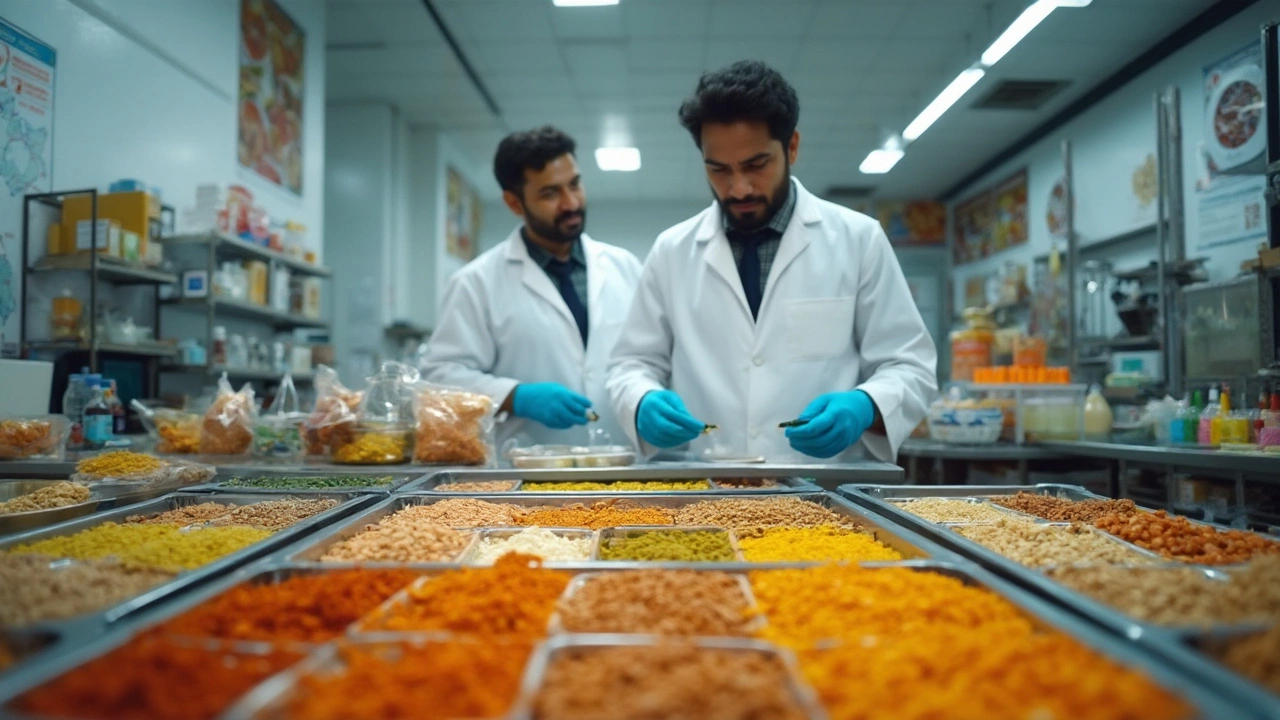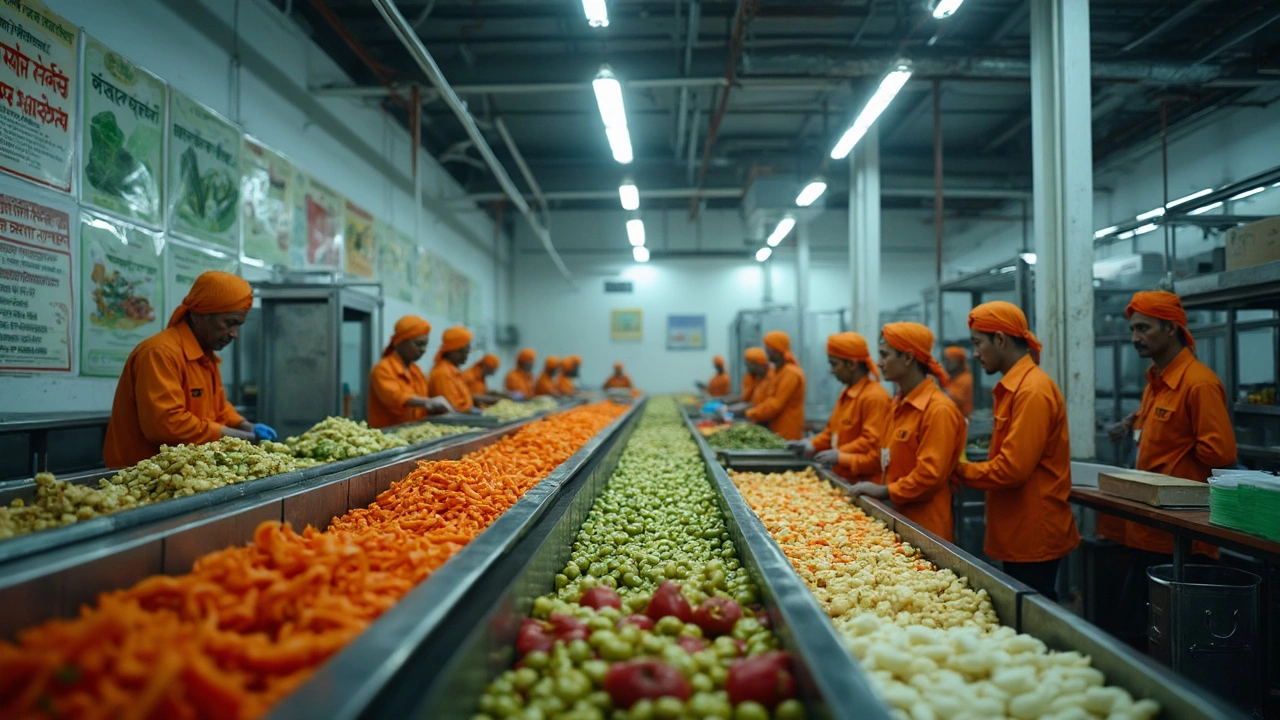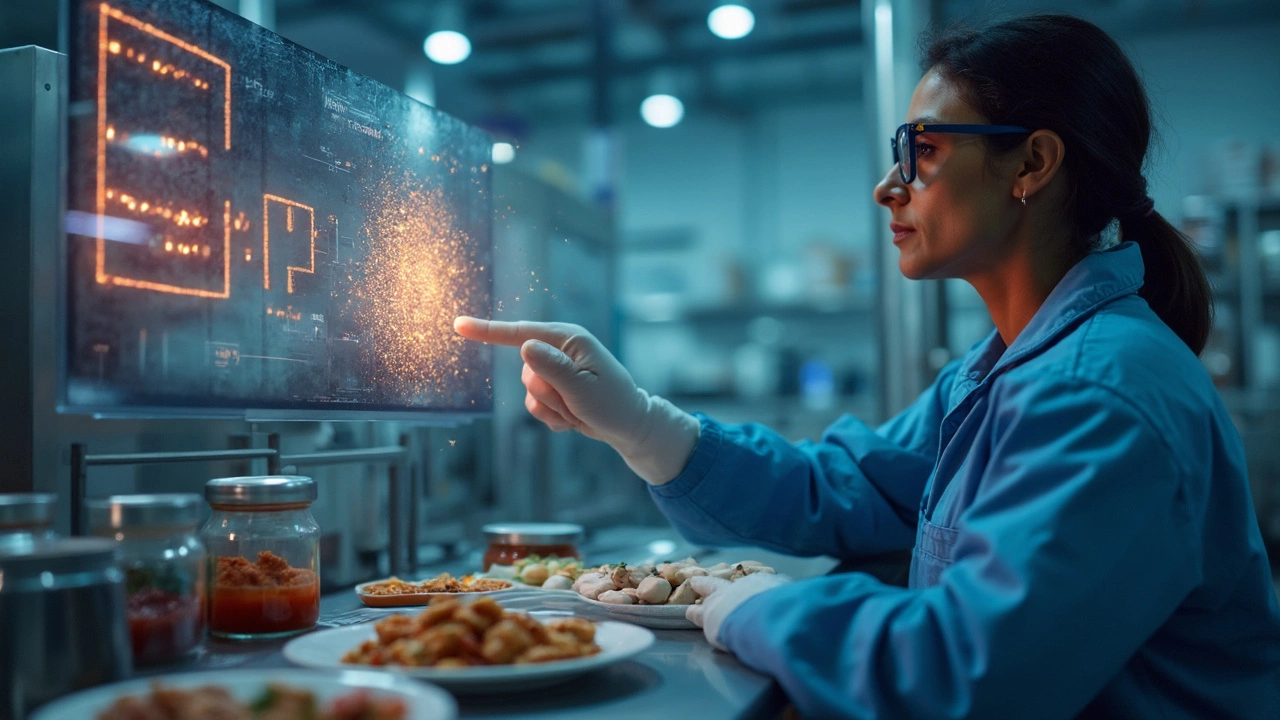Food Processing Made Simple – What You Need to Know
Ever wonder why some factories seem to run smoother than others? The secret often lies in the details: the right food units, the right measurements, and the right processes. In this guide we’ll break down the basics you’ll see across our articles – from micrometers to DPUs – so you can apply them right away.
Understanding Food Units
Food units are the building blocks of any processing line. Think of them as the Lego pieces that turn raw ingredients into a finished product. There are different types – batch units, continuous units, and even decentralized processing units (DPUs) that work close to the source. Each one has a specific role, whether it’s mixing, heating, or packaging. Knowing which unit fits your product saves time and cuts waste.
For example, a DPU lets a dairy farm pasteurize milk on‑site, reducing transport time and keeping the milk fresher. Similarly, a batch unit is perfect for sauces that need a short, controlled cooking period. When you match the unit to the product, you avoid over‑processing and keep quality high.
Key Measurements in Food Processing
Measurements may sound boring, but they are the heartbeat of quality control. Two numbers you’ll run into a lot are micrometers (μm) and nanometers (nm). A 5 μm filter can trap tiny particles that would otherwise make a sauce gritty. In contrast, a nanometer‑scale filter is used for ultra‑pure water in beverage plants.
Another handy unit is the “mil,” which equals 0.001 inch. It’s common when you need to control film thickness for packaging. Getting the mil right means the wrapper protects the food without adding unnecessary bulk.
When you’re setting up a line, start by listing the critical measurements for each step. Ask yourself: what particle size matters for safety? How thick should the coating be for shelf life? Answering those questions keeps the line running smooth.
Beyond size, unit operations like mixing, heating, and cooling each have their own best‑practice guidelines. A good mix can improve texture, while precise heating avoids nutrient loss. Look for articles on “unit operations” to dive deeper into each process.
Finally, remember that technology evolves fast. New sensors can read μm levels in real time, and smart controllers can adjust mil thickness on the fly. Keeping an eye on the latest tools helps you stay ahead of the competition.
Use this overview as a cheat sheet. When you pick the right unit, measure the right size, and apply the right operation, your food processing will be efficient, safe, and ready for market. Got a specific challenge? Check out our detailed posts for step‑by‑step tips.

What Is the Richest Food Industry in the World?
The richest food industry in the world is food processing, generating over $5.8 trillion in revenue annually. Giants like Nestlé and PepsiCo dominate by turning raw ingredients into branded, convenient products with high profit margins.

What Are the Basic Operations of Food Processing?
Learn the core steps of food processing-from cleaning and thermal treatment to preservation and packaging-that make modern food safe, shelf-stable, and widely available. Understand how each stage protects health and ensures quality.

What Is the Highest Paying Job in the Food Processing Industry?
The highest paying job in the food processing industry is food technologist, with top earners making over £100,000. Plant managers and quality assurance roles also offer six-figure salaries for those with technical expertise and certifications.

What is .0005 called in food processing units?
.0005 in food processing is a critical tolerance level-half a micron-that prevents bacterial growth in machinery. It's not a suggestion; it's a legal standard enforced by food safety agencies worldwide.

Three Main Types of Food Processing Explained
Explore the three major food processing types-mechanical, thermal, and chemical-plus examples, benefits, and how to choose the right method for any product.

Food Processor Disadvantage: The Main Drawback Explained
Discover the main drawback of a food processor-its noise level-and learn practical ways to reduce it, plus other common downsides and buying tips.

Science of Eating: What Nutritional Science Reveals About Your Diet
Discover what the science of eating is called, how it works, and why it shapes our health and food choices with real tips and surprising insights explained simply.

μm vs NM: Which Is Bigger in Food Processing Units?
Curious about μm and NM in food processing? This article breaks down the size difference, shows how both are used in food equipment, and explains why these small units matter more than you think. Get a grip on real usage examples like filtration levels. Includes easy tips for spotting where μm or NM make a difference in common food tech. If you're lost in the measurement maze, this guide clears it up fast.

What Do Scientists Call Food? Science Behind Food Processing Units
Ever wondered what scientists really call food? This article breaks down the actual terminology experts use for the stuff we eat, especially in food processing units. We'll look at why plain 'food' isn't always specific enough, how ingredients get their official names, and how this all ties into what lands on your plate. Expect some practical tips on reading labels and a peek into the technical side of your favorite snacks. Get ready for a clear picture of the science happening behind your daily meals.

Food Units: The Backbone of Efficient Food Processing
Food units are the building blocks of food processing, where raw ingredients are turned into finished products ready for the market. This article breaks down what food units actually are, how they work, and why they matter for manufacturers and consumers alike. You'll get to know the different types of food units, important equipment inside, and safety rules that keep everything running smoothly. We also dig into the recent trends in the food processing industry and share tips for running a successful food unit. Whether you're in the food business or just curious, you'll find practical advice and real-world examples here.

What Does 5 μm Mean in Food Processing Units?
5 μm is a common term in food processing, especially when talking about filtering and separating particles. It's not just a number—it's a game-changer for product quality, texture, and safety. In food factories, understanding 5 μm helps decide equipment, control consistency, and avoid problems like unwanted grit or spoilage. This size can make the difference between a smooth sauce and a grainy mess. Knowing what 5 μm means can save time, money, and headaches.

Understanding Mil: The Tiny Giant in Food Processing
Ever heard of a 'mil'? It might be tiny, but this measurement is crucial in food processing. A mil, which equals 0.001 of an inch, helps determine thickness and ensure quality. This article dives into how this small unit impacts food packaging, preserving freshness and safety. Through practical insights and tips, you'll see why size really does matter in the world of food.
